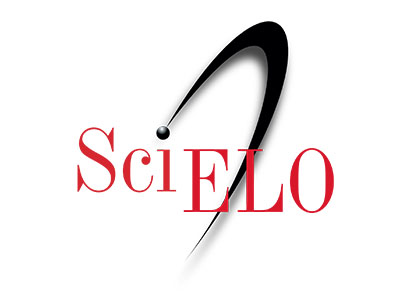Data transmission system through FM radio applying Data over Sound techniques
DOI:
https://doi.org/10.37135/ns.01.12.08Keywords:
BPSK, Data over sound, Digital divide, DoS, Text over FMAbstract
In Ecuador, Internet access has been considered an essential service since 2015; however, only 60% of its population has access. 70% of Ecuadorians in urban areas have Internet access, whereas only 38% in rural areas do. In this sense, this work aimed to design and implement a text and image transmission system through traditional FM radio based on data-over-sound technology so that it can be used as a tool to reduce the digital divide in rural areas. A transmitter and a receiver prototype were built, and the data was encoded using the BPSK modulation technique and sent at different transmission rates: 4800, 9600, 19200, 76800, and 11500 bits per second (bps). The error rate was measured to evaluate the operation of the device, defined as the ratio between the number of bits transmitted and the number of bits received. As a result, a minimum error rate of 58% was obtained at a speed of 4800 bps and a maximum of 61.25% at 115200 bps; likewise, the system allowed images of up to 256 pixels to be sent. Unlike other related works, this proposal will not only exceed the coverage distance but can also be implemented on an existing broadcasting infrastructure to reach the most vulnerable.
Downloads
References
Dey, S., Roy, A., & Das, S. (2017). Point to point and multipoint to point acoustic modem for ultrasonic data communication. 4th International Conference on Signal Processing and Integrated Networks (SPIN), 10-14, https://doi.org/10.1109/SPIN.2017.8049906
Dutta, P., Bhattacharyya, D., & Kim, T.-h. (2009). Data hiding in audio signal: a review. International journal of database theory and application, 1-8. Recuperado de https://acortar.link/ZUiBUw
Educación, M. d. (2022). Plan-educativo-covid-19. Ministerio de Educación. Recuperado de https://educacion.gob.ec/plan-de-continuidad-educativa/
Getreuer, P., Gnegy, C., & Lyon, R. (2017). Ultrasonic communication using consumer hardware. IEEE Transactions on Multimedia, 1277-1290, https://doi.org/10.1109/TMM.2017.2766049
Guri, M., Solewicz, Y., & Elovici, Y. (2018). Mosquito: Covert ultrasonic transmissions between two air-gapped computers using speaker-to-speaker communication. IEEE Conference on Dependable and Secure Computing (DSC), 1-8, https://doi.org/10.1109/DESEC.2018.8625124
INEC. (s.f.). Tecnologías de la Información y comunicación-TIC. Instituto Nacional de Estadística y Censos. Recuperado de https://www.ecuadorencifras.gob.ec/tecnologias-de-la-informacion-y-comunicacion-tic/
Ka, S., Kim, T. H., Ha, J. Y., Lim, S. H., Shin, S. C., Choi, J. W., . . . Choi, S. (2016). Near-ultrasound communication for tv's 2nd screen services. Proceedings of the 22nd Annual International Conference on Mobile Computing and Networking, 42-54, https://doi.org/10.1145/2973750.2973774.
Kim, S., Mun, H., & Lee, Y. (2019). A Data-Over-Sound Application: Attendance Book. 20th Asia-Pacific Network Operations and Management Symposium (APNOMS), 1-4, https://doi.org/10.23919/APNOMS.2019.8892996.
Primicias. (Enero de 2023). Precio, baja calidad y cortes de electricidad reducen el acceso a internet. https://www.primicias.ec/noticias/economia/internet-precio, calidad-electricidad-ecuador
Velasco , M., Tapia , J., & Hurtado, F. (2020). Estaba el sistema educativo del Ecuador preparado para enfrentar la pandemia de covid-19. Observatorio Social del Ecuador.







